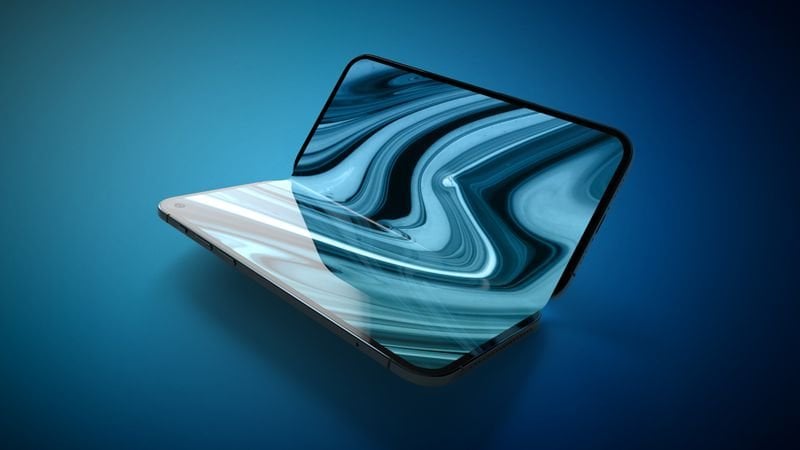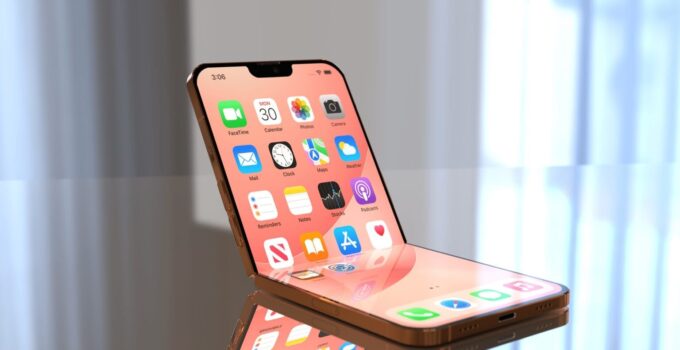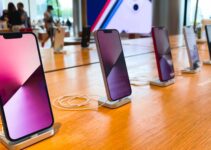Apple’s Foldable iPhone and Under-Screen Face ID on the Horizon. Apple’s innovations in smartphone technology continue to push boundaries, and the tech giant is now rumored to be developing groundbreaking features for future iPhones: a foldable design and Face ID integrated directly beneath the display. These advancements promise to redefine the iPhone experience, offering users unprecedented flexibility and a seamless, full-screen interface.
Exploring Vision Pro’s Universe: A New Frontier on the Web
The foldable iPhone, a concept that has intrigued enthusiasts and industry insiders alike, is expected to boast a display ranging from 7 to 8 inches. This size is comparable to that of an iPad mini, suggesting that Apple aims to combine the portability of a smartphone with the enhanced viewing experience of a tablet. Such a device would not only cater to the demand for larger screens but also maintain the convenience of a compact form factor when folded.
In addition to the foldable iPhone, Apple is also said to be working on integrating Face ID beneath the screen. This technology would enable a truly full-screen display, eliminating the need for a visible notch or Dynamic Island and offering an uninterrupted viewing area. According to sources, this feature is slated for the iPhone 18 Pro models, indicating Apple’s continued commitment to pushing the envelope in smartphone design and functionality.

While these innovations are highly anticipated, they are not expected to debut in the immediate future. The foldable iPhone is projected for a 2026 release, suggesting that Apple is taking the time to refine the technology and ensure it meets the company’s high standards for quality and user experience. Similarly, the under-screen Face ID technology is reportedly scheduled for 2027, underscoring the technical challenges associated with integrating advanced features into the already complex architecture of an iPhone.
As the smartphone market evolves, Apple’s investment in these technologies reflects its dedication to innovation and its desire to offer users devices that are not only powerful and efficient but also aesthetically pleasing and adaptable to their changing needs. While it may be some time before these features become reality, their development signals exciting possibilities for the future of mobile technology.



